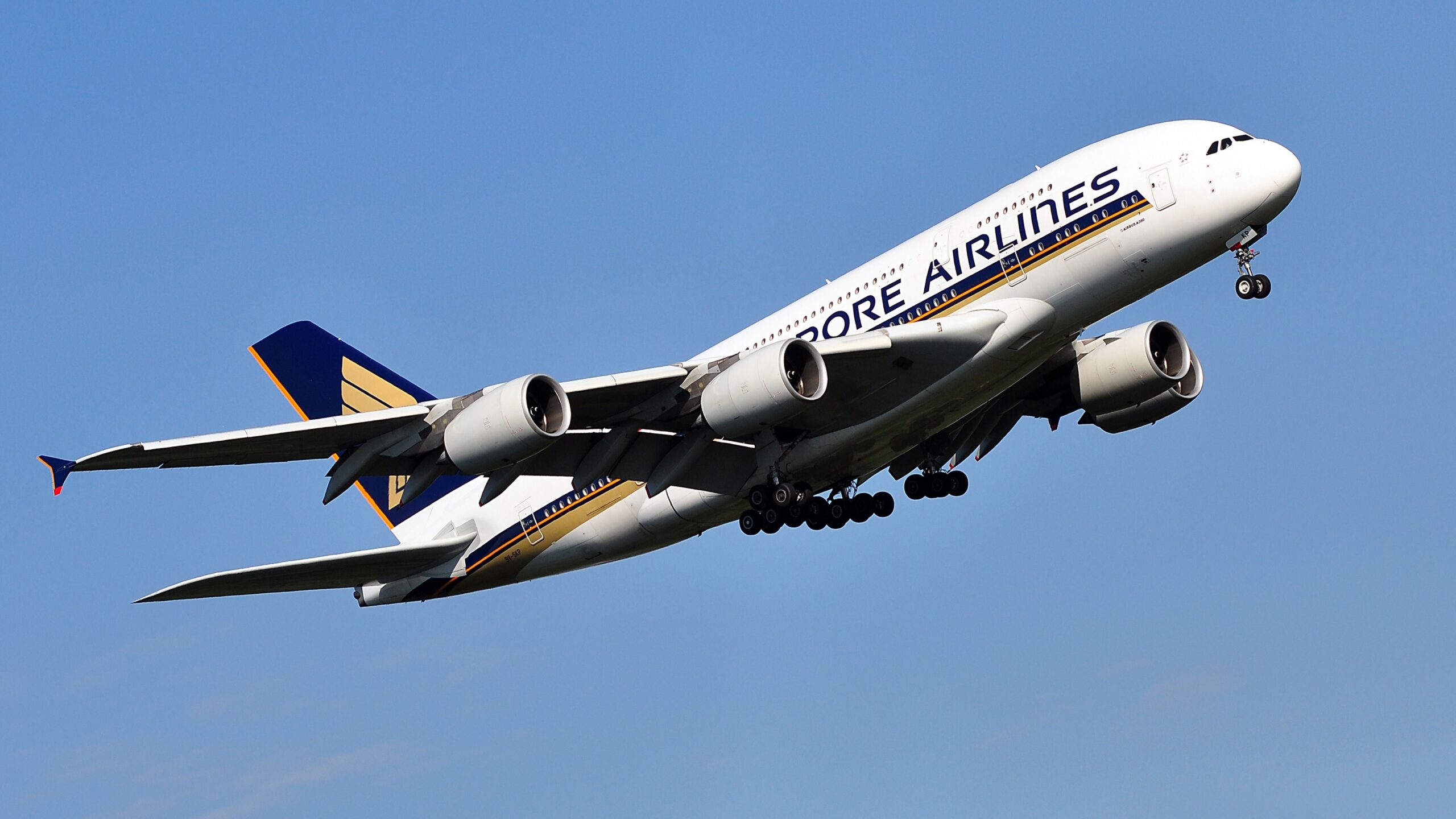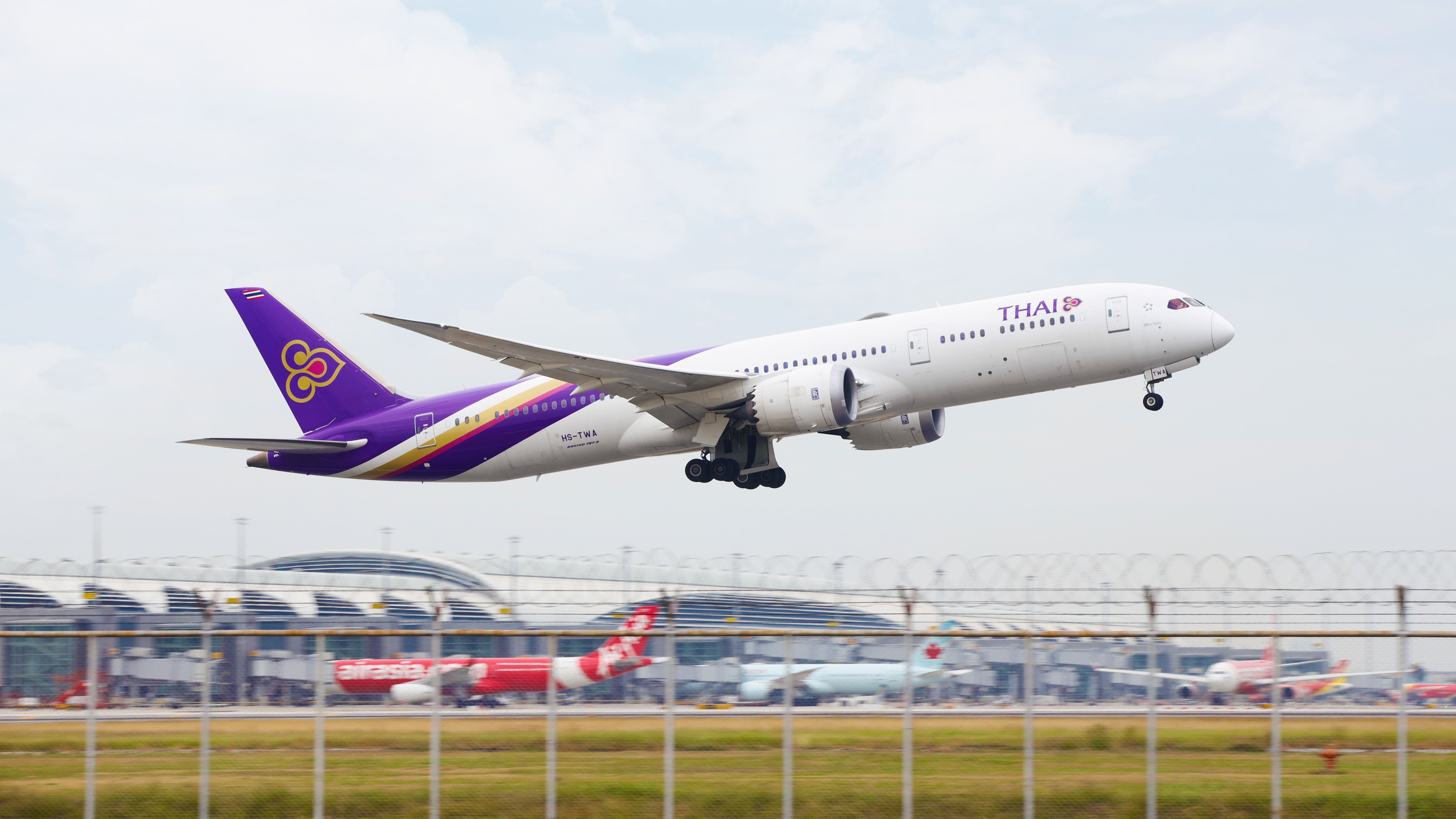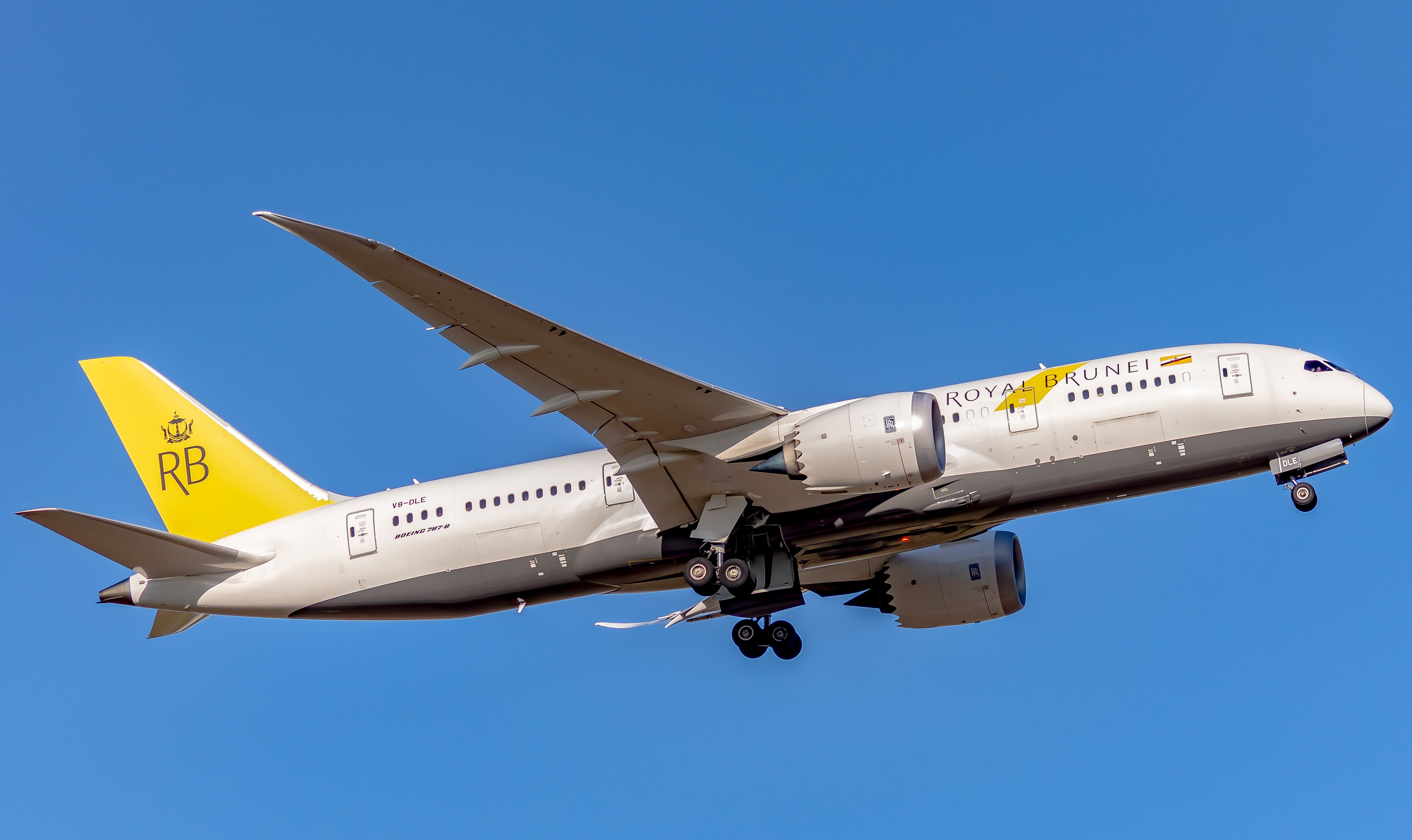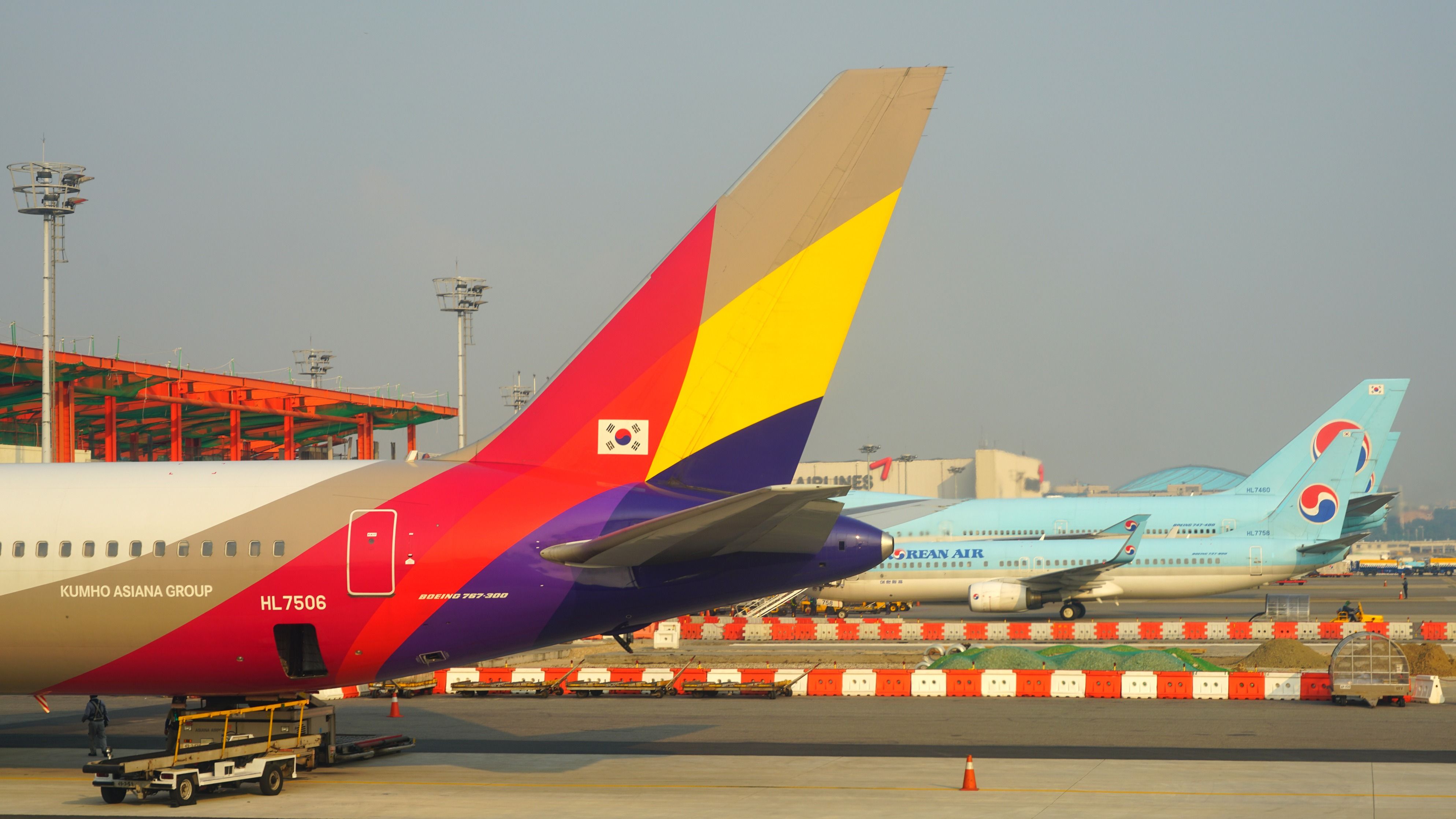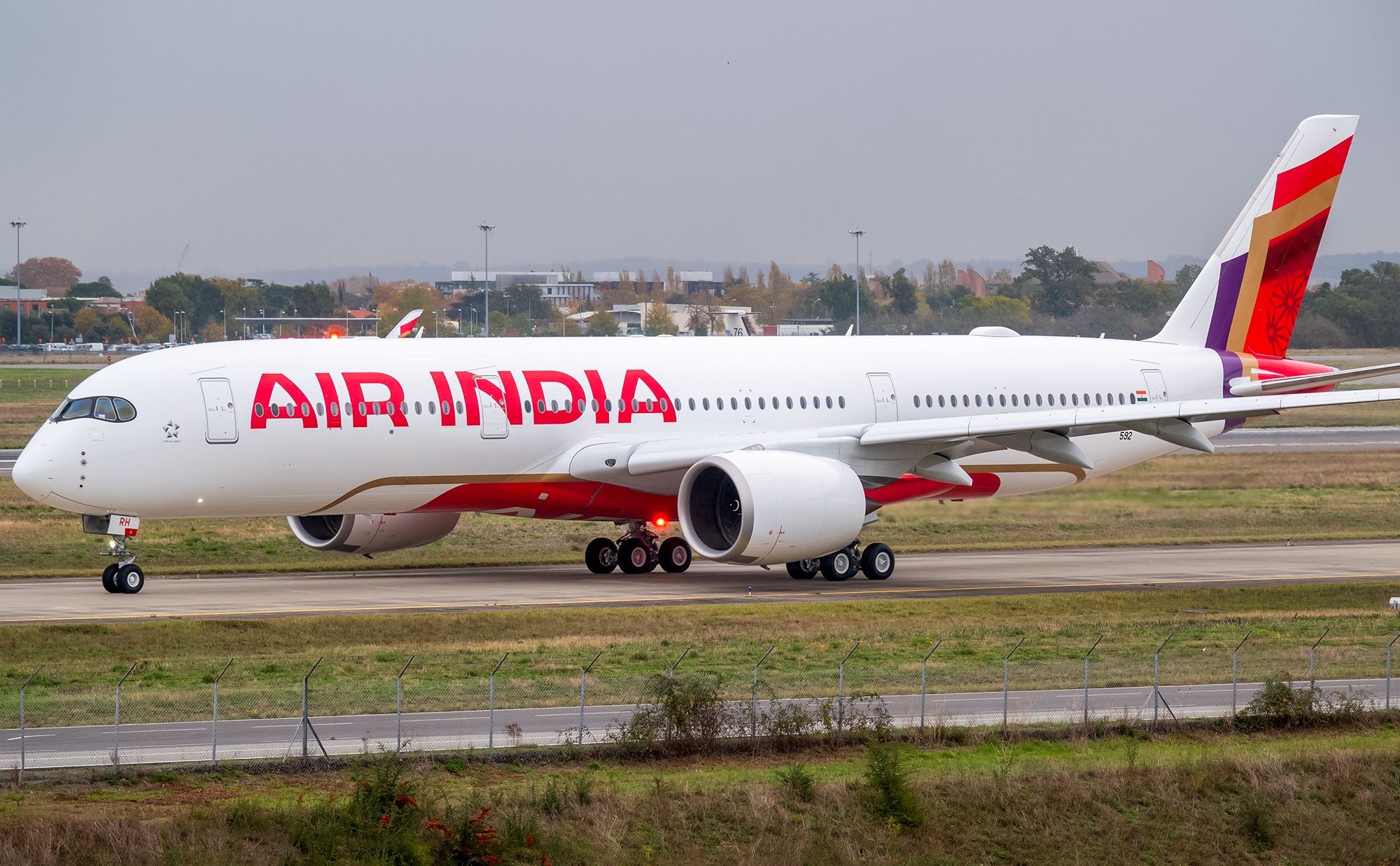Summary
- Asia-Pacific airlines rebounded with a net profit of $8.8 billion in 2023, following years of losses during the pandemic.
- Strong travel demand, lower fuel costs, and increased operating revenues contributed to the turnaround in airline profits.
- Despite facing challenges like supply chain constraints and cost pressures, the outlook for the region’s airlines remains generally positive.
When Singapore Airlines reported record revenue and profit for 2023, it seemed logical to expect that it would not be the only profitable airline in the region. While the size of Singapore Airlines’ profit may be a standout, data out today shows that the region’s airlines made net profits of $8.8 billion.
Rebounding after years of losses
Today, preliminary profit figures from the Association of Asia Pacific Airlines (AAPA) revealed a strong rebound in the earnings of the region’s airlines, which is excellent news after three consecutive years of losses. AAPA said combined net earnings (net profit) totaled a solid $8.8 billion for the calendar year, driven by continuing strong travel demand in both leisure and business sectors regionally and worldwide.
Photo: KITTIKUN YOKSAP | Shutterstock
AAPA Director General Subhas Menon said that Asia-Pacific Airlines made a welcome turnaround following three consecutive years of steep losses during the COVID-19 pandemic years, with a significant operating profit margin of 7.8% compared to the -9.3% recorded in 2022.
“Asian airlines benefitted from the vigorous recovery in passenger demand. While still relatively high compared to historical averages, the oil price declined, which seemed to alleviate cost pressures stemming from persistent inflation and a robust US Dollar.”
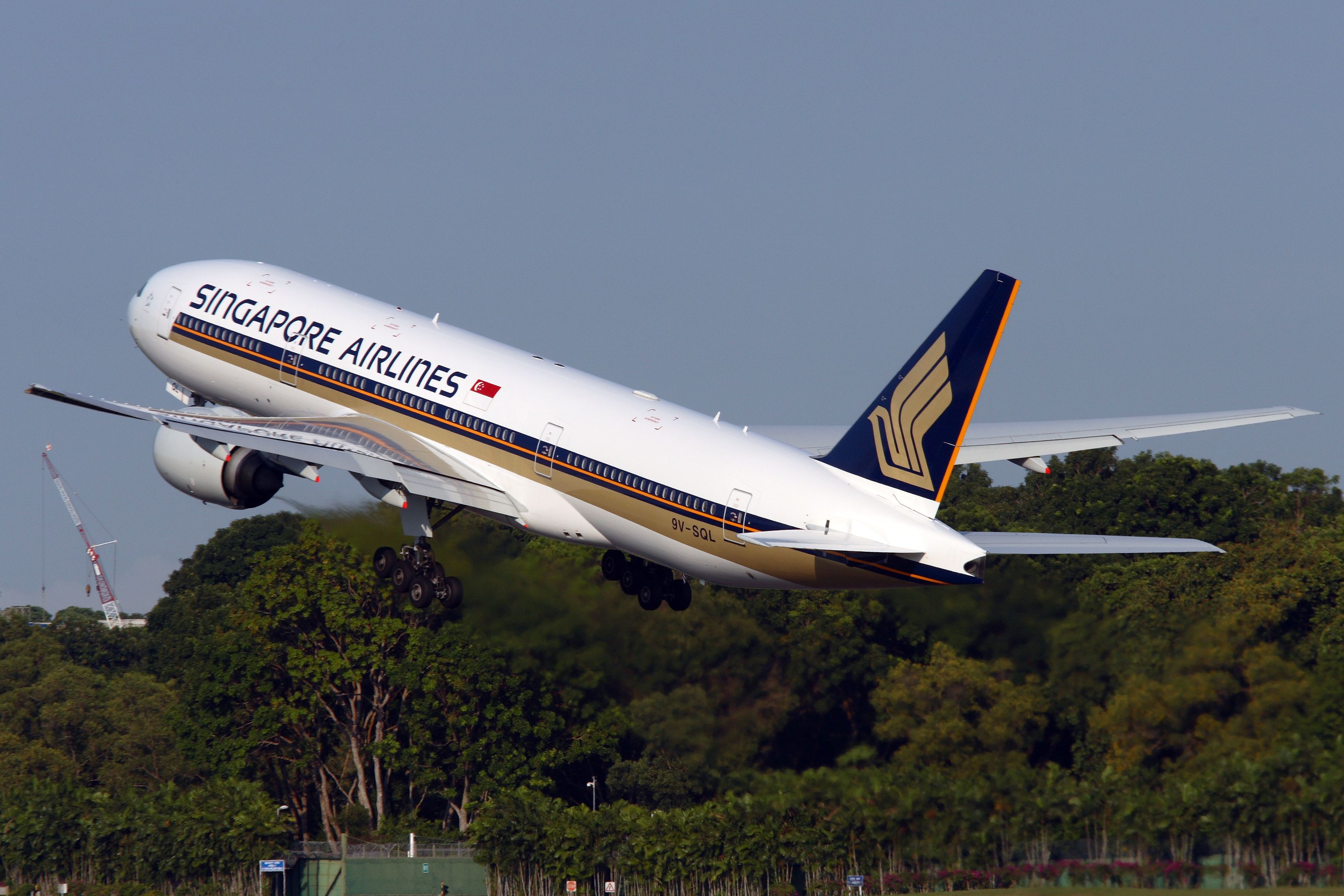
Related
Singapore Airlines Posts Record Revenues and Profits for 2023/24
The Singapore Airlines Group has followed a clear strategy of being the first mover in Asia, which has paid off in record revenues and profits.
The big change last year was that almost all pandemic-era travel restrictions were lifted, although the major markets of China, Hong Kong, Japan, South Korea and Taiwan only fully took off in the second half. However, as measured by revenue passenger kilometers (RPK), the resurgent demand led to a 130% increase in international passenger traffic.
Lower fuel prices helped
In 2023, Asia-Pacific airlines generated operating revenues totaling $198.1 billion, a 54.8% jump compared to the $128.0 billion recorded in 2022. Combined passenger revenue more than doubled to $151.5 billion, although as flights increased, passenger yields declined by 6.7% to 8.6 US cents per RPK.
Photo: EQRoy | Shutterstock
Operating expenses increased by 30.9% to a combined total of $182.6 billion, primarily based on the increased flying activity needed to meet growing demand. Fuel expenditure rose by 41.5% to $57.7 billion, partly offset by a 20.0% fall in global jet fuel prices to an average of $113.4 per barrel.
Fuel expenditure increased by 2.4 percentage points to 31.6% of total operating costs. The extra activity also pushed up non-fuel costs, which increased by 26.5% to $124.9 billion, mainly due to higher expenditure on staff, landing fees and enroute charges.
Photo: Eurospot
In the early days of the pandemic, air cargo was a clear winner, and many airlines temporarily converted passenger jet cabins to carry light freight and medical supplies. In Asia-Pacific, international air cargo demand, as measured by freight tonne kilometers (FTK), saw a 2.8% annual decline, driven by inflationary pressures, a strong US Dollar and a consequent downturn in demand for goods.
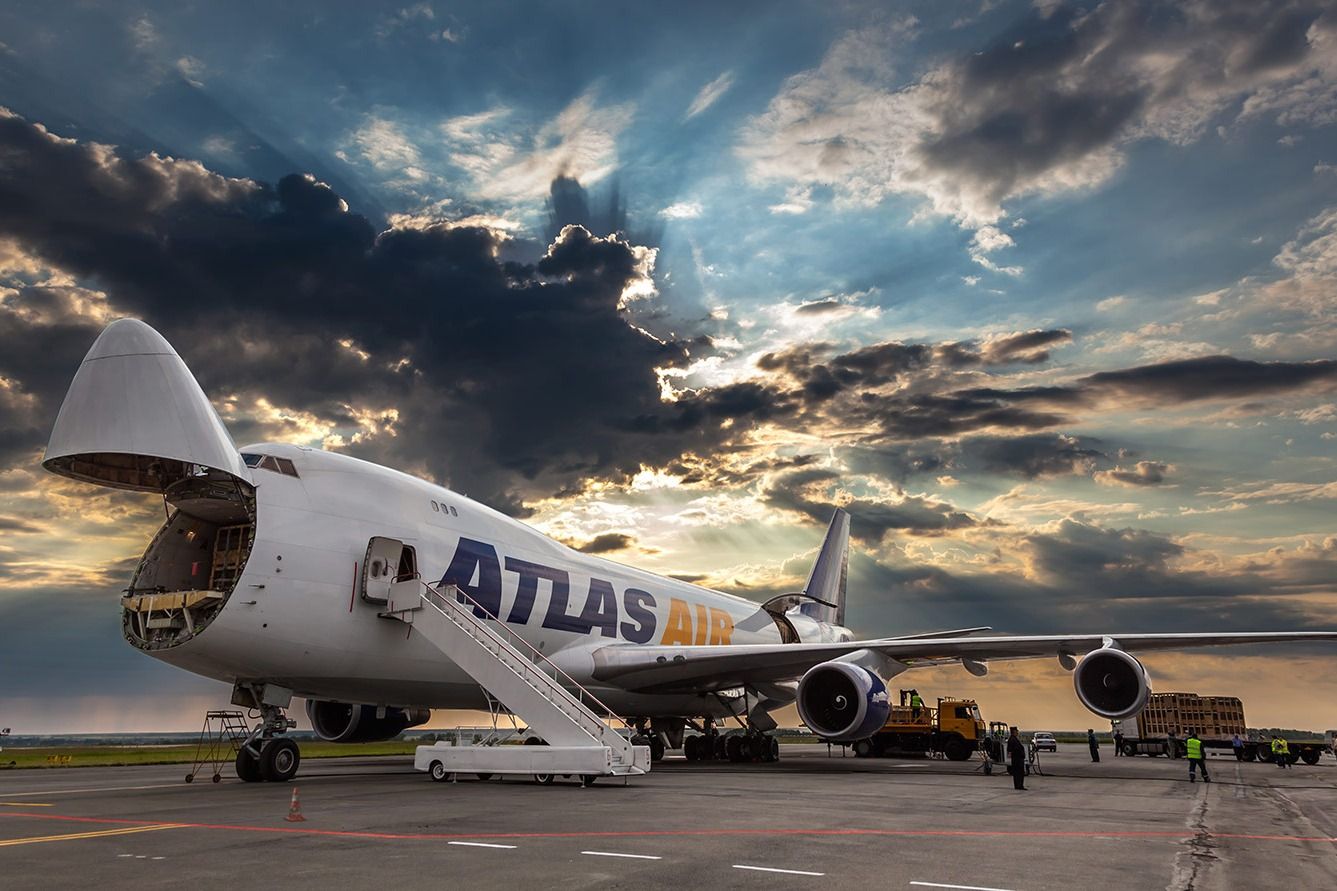
Related
Air Cargo Trends For 2024: What Can We Expect?
From the first flight of new widebody cargo aircraft to the increasingly competitive economy, what can we expect for air cargo in 2024?
With demand falling, Asia-Pacific aggregated cargo revenue fell markedly by 43.3% to $21.0 billion in 2023, driven by the weakness in trade activity and easing freight rates. This was reflected in the 41.7% drop in cargo yields to 33.6 US cents per FTK, which was still above pre-pandemic levels.
Menon believes the outlook for the region’s airlines is generally positive, although they continue to face numerous challenges, including the delayed deployment of additional capacity due to supply chain constraints and persistent cost pressures.
Is air travel getting busier in Asia? Let us know in the comments.

